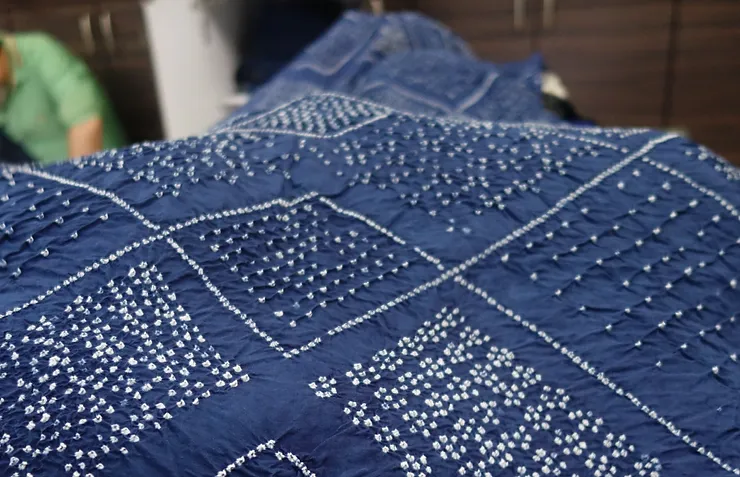Indigo Blue Vat Blue


Moreover, businesses leveraging the cultural legacy of indigo dye enhance their product narratives, adding layers of story and authenticity that resonate with discerning consumers who prioritize heritage and sustainability. Notably, the dye does not just paint materials with color; it imbues them with cultural narratives, bringing forth the tales of artisans and ancestral techniques still preserved across generations. The integrity and authority of indigo dye produced from the China indigo dye plant are further validated by research and ongoing studies into its applications beyond aesthetics. Emerging scientific explorations recognize the potential health and antimicrobial properties of natural indigo, opening new avenues for its application in medical textiles and products. Retailers and consumers alike benefit from understanding this robust ecosystem that supports the indigo dye industry. By choosing authenticated indigo products, consumers are endorsing sustainable farming practices, preserving cultural heritage, and fostering artisanal craftsmanship. For companies, aligning with this authentic narrative not only distinguishes their product lines but also reinforces their commitment to sustainability. In conclusion, the future of China indigo dye plant holds promise as a symbol of sustainable fashion and cultural heritage. Its legacy is not merely in the illustrious blue hues it bestows upon fabrics but in the stories, traditions, and eco-friendly practices it represents, making it a timeless choice that stands resilient against the transient tides of fashion trends.
-
The Timeless Art of Denim Indigo Dye
NewsJul.01,2025
-
The Rise of Sulfur Dyed Denim
NewsJul.01,2025
-
The Rich Revival of the Best Indigo Dye
NewsJul.01,2025
-
The Enduring Strength of Sulphur Black
NewsJul.01,2025
-
The Ancient Art of Chinese Indigo Dye
NewsJul.01,2025
-
Industry Power of Indigo
NewsJul.01,2025
-
Black Sulfur is Leading the Next Wave
NewsJul.01,2025

Sulphur Black
1.Name: sulphur black; Sulfur Black; Sulphur Black 1;
2.Structure formula:
3.Molecule formula: C6H4N2O5
4.CAS No.: 1326-82-5
5.HS code: 32041911
6.Product specification:Appearance:black phosphorus flakes; black liquid

Bromo Indigo; Vat Bromo-Indigo; C.I.Vat Blue 5
1.Name: Bromo indigo; Vat bromo-indigo; C.I.Vat blue 5;
2.Structure formula:
3.Molecule formula: C16H6Br4N2O2
4.CAS No.: 2475-31-2
5.HS code: 3204151000 6.Major usage and instruction: Be mainly used to dye cotton fabrics.

Indigo Blue Vat Blue
1.Name: indigo blue,vat blue 1,
2.Structure formula:
3.Molecule formula: C16H10N2O2
4.. CAS No.: 482-89-3
5.Molecule weight: 262.62
6.HS code: 3204151000
7.Major usage and instruction: Be mainly used to dye cotton fabrics.

